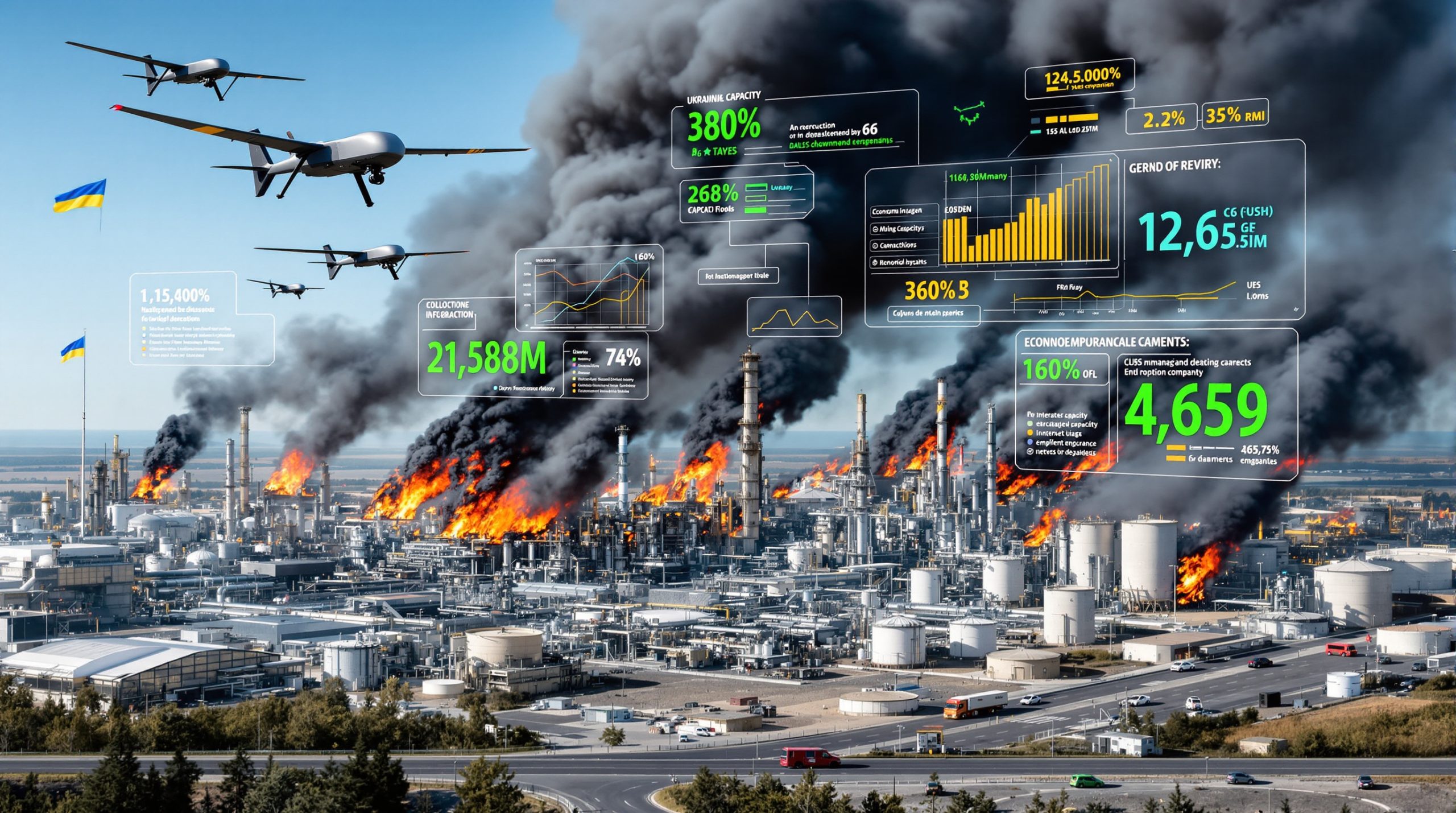What's Happening in the Antimony Market?
The antimony market has reached a critical inflection point as of July 2025, with prices demonstrating signs of stabilization after a period of significant volatility. Market analysts observe a clear bottoming-out pattern as prices transition toward a stronger upward trajectory. This stabilization comes amid a backdrop of intensifying supply constraints and historically low inventory levels throughout the supply chain, creating what industry experts describe as a "pressure cooker" scenario for potential price increases.
"The current market equilibrium appears fragile at best," notes the latest Shanghai Metal Market (SMM) report. "With supply tightening and downstream users operating with minimal inventory buffers, even small demand shifts could trigger disproportionate price movements."
Current Price Points (July 2025)
The following table represents the latest spot pricing for key antimony products in the Chinese market, which serves as the global benchmark:
| Antimony Product | Current Price (Yuan/MT) |
|---|---|
| No.2 Low-Bismuth Ingot | 180,500 |
| No.1 Ingot | 186,500 |
| No.0 Ingot | 190,500 |
| No.2 High-Bismuth Ingot | 177,500 |
| Antimony Trioxide (99.5%) | 160,500 |
| Antimony Trioxide (99.8%) | 172,500 |
These price points reflect a market that has weathered recent volatility but remains susceptible to supply-side pressures. The spread between highest and lowest grade products (approximately 13,000 Yuan/MT) indicates that quality premiums remain relatively stable despite overall market pressures.
Critical Market Indicators
Market participants should note several critical factors shaping the current landscape:
- Production capacity utilization has dropped to multi-year lows in several key regions
- Cross-border shipment delays have extended from 3-4 weeks to 6-8 weeks in many cases
- Regulatory inspections have intensified in primary producing regions, further constraining output
- Strategic stockpile releases have been minimal, despite industry appeals for intervention
"The antimony market's unique characteristics make it particularly vulnerable to supply disruptions," explains the SMM analysis. "Unlike more liquid commodity markets, antimony's concentrated production geography and specialized applications create amplified price responses to supply constraints."
Why Are Antimony Production Levels Declining?
The antimony sector is experiencing a pronounced production decline that has accelerated in recent months. June 2025 marked a particularly steep drop, with output falling approximately 21.5% month-on-month following a brief increase in May. This volatile production pattern has created significant market ripples and intensified concerns about sustainable supply.
June 2025 Production Analysis
A comprehensive survey of 33 key antimony producers revealed a troubling production landscape:
- 15 producers reported zero output (an increase of 4 from May)
- 15 manufacturers reduced production (a decrease of 4 from May)
- Only 3 maintained normal production levels (unchanged from May)
This production decline represents the most significant month-on-month reduction in nearly three years, outpacing even the disruptions seen during peak pandemic-related operational constraints.
Key Factors Behind Production Decreases
Industry analysis identifies four primary drivers behind the current production shortfalls:
1. Price Elasticity Response
Recent sharp price drops have triggered significant production adjustments as producers seek to protect margins. This price-driven production elasticity has become more pronounced as manufacturers implement sophisticated market-responsive production scheduling.
"We're seeing producers become increasingly nimble in their output adjustments," notes the SMM report. "Many can now scale production down within days of observing unfavorable price movements."
2. Seasonal Maintenance Shutdowns
The summer maintenance season has traditionally impacted production volumes, but 2025 has seen a higher-than-average number of facilities simultaneously offline. This concentration of maintenance activities has amplified the seasonal impact.
3. Strategic Inventory Management
Producers are deliberately reducing finished product inventories to ease sales pressure and create more favorable market conditions. This coordinated approach to inventory management represents a more sophisticated market strategy than observed in previous cycles.
4. Raw Material Constraints
Perhaps most critically, imported ore supply remains severely restricted, creating fundamental production limitations regardless of market demand. The geographical concentration of antimony ore deposits, primarily in China, Russia, and Tajikistan, creates persistent supply vulnerabilities. These antimony supply risks are heightening concerns across multiple sectors, particularly for defense applications.
"The combination of voluntary production cuts and involuntary supply constraints creates a particularly complex market dynamic," explains the latest industry analysis. "Unlike purely demand-driven downturns, the current situation features both strategic and unavoidable production limitations."
How Are Supply Constraints Affecting the Market?
The antimony market is experiencing unprecedented supply tightness due to compounding constraints across the value chain. Raw material shortages have created a cascading effect that impacts every level of the supply chain, from mining operations through to end-use applications.
Raw Material Shortages
The antimony market continues to face exceptionally tight raw material supply, resulting in insufficient production capacity despite relatively stable demand. This supply constraint has kept manufacturers' finished product inventories at consistently low levels, creating a situation where even small demand increases cannot be readily accommodated.
"The current supply dynamic resembles a pipeline running nearly dry," notes market analyst commentary from SMM. "With minimal buffer stocks at any point in the supply chain, disruptions propagate almost immediately through the system."
Contributing factors to this raw material shortage include:
- Mining productivity challenges in key producing regions
- Ore grade deterioration in several major deposits
- Transportation bottlenecks affecting cross-border shipments
- Regulatory compliance costs increasing the operational expense threshold
Downstream Inventory Status
Similar to producers, downstream players currently maintain almost no raw material inventories—a significant departure from historical inventory management practices. This minimal buffer creates substantial vulnerability to market shifts and potential supply disruptions.
Industry surveys indicate that average downstream inventory levels have declined from approximately 45-60 days of production requirements to just 10-15 days in many cases. This dramatic reduction reflects both financial pressures to minimize working capital and persistent difficulties in securing reliable supply.
Expected July 2025 Production Outlook
Industry analysts anticipate further production declines and antimony prices may continue to strengthen as a result. This continuation of the downward trend suggests that supply constraints will remain a dominant market factor for at least the near term.
The production outlook is particularly concerning given that July typically represents a period of inventory rebuilding ahead of third-quarter demand increases. The inability to rebuild inventories during this traditional accumulation period may create more severe supply challenges later in the year, with analogous production halts in other mineral sectors providing cautionary examples.
What's Happening with Sodium Pyroantimonate Production?
In a surprising divergence from broader antimony market trends, sodium pyroantimonate (first-grade) production increased approximately 13.23% month-on-month in June 2025. This counter-cyclical performance has caught the attention of market participants who typically expect aligned trends across antimony product categories.
Unexpected June 2025 Production Increase
The production increase for sodium pyroantimonate stands in stark contrast to the broader antimony market's significant contraction. This specialized antimony compound, critical for certain high-technology applications, appears to be following its own market dynamics.
According to industry analysis: "The sodium pyroantimonate segment operates with distinct demand drivers that can occasionally produce counter-cyclical trends relative to the broader antimony market."
Factors Driving the Increase
Several key factors have contributed to this unexpected production growth:
Seasonal PV Installation Rush
May-June traditionally sees a surge in photovoltaic (PV) installation activity, particularly in northern hemisphere markets. Sodium pyroantimonate serves as a critical clarifying agent in high-transmission glass used for solar panels, creating a seasonal demand spike.
The 2025 PV installation rush has been particularly robust due to:
- Accelerated renewable energy targets in several major economies
- Favorable policy incentives with expiration dates creating urgency
- Supply chain adjustments following previous years' disruptions
The growing intersection of critical minerals & energy transition technologies is creating new demand patterns for specialized materials like antimony compounds.
Pre-Holiday Orders
Glass manufacturing facilities, particularly those in Europe and North America, typically place larger orders ahead of their summer maintenance and holiday periods (which generally begin in late June). This year's pre-holiday ordering pattern appears to have been more concentrated than usual, creating a pronounced demand spike.
Additional Order Fulfillment
Manufacturers reported unexpected order increases beyond seasonal patterns, suggesting potential stockpiling behavior by some customers. This additional demand layer further amplified the production increase.
Production Survey Breakdown
A detailed survey of sodium pyroantimonate producers revealed a mixed operational picture:
- 4 manufacturers were in shutdown or commissioning phases
- 4 producers increased their output
- 1 manufacturer experienced production decline
- 4 maintained stable production levels
This production distribution indicates that the overall increase was driven by significant output expansion among a subset of producers rather than modest increases across the sector.
July 2025 Sodium Pyroantimonate Outlook
Market participants expect sodium pyroantimonate production to stabilize or increase slightly in July 2025, with significant increases considered unlikely. The completion of the pre-holiday ordering cycle and the natural seasonal slowdown in PV installations suggest a moderation of the June production surge.
"While sodium pyroantimonate has demonstrated remarkable resilience thus far, it remains connected to the broader antimony ecosystem," notes the latest market analysis. "Raw material constraints will eventually impact all antimony derivatives, regardless of their specific demand dynamics."
How Might Market Dynamics Shift in Coming Months?
The antimony market stands at a potential inflection point, with several indicators suggesting possible shifts in market dynamics. Understanding these potential changes requires examining both technical market factors and behavioral elements that could trigger rapid transitions.
Potential Stockpiling Triggers
As antimony prices stabilize, downstream concerns about market volatility may prompt stockpiling preparations. This behavior could initiate at any moment, triggered by several potential catalysts:
- Price stabilization persistence exceeding 30-45 days
- Production decline acceleration beyond current levels
- Geopolitical developments affecting major producing regions
- Policy shifts in key consuming industries
The psychology behind stockpiling decisions often follows identifiable patterns. Initial resistance to higher price levels typically gives way to acceptance once prices demonstrate stability for a sustained period. Once this psychological threshold is crossed, buying behavior can shift dramatically from just-in-time purchasing to inventory accumulation.
Speculative Capital Influence
Once downstream stockpiling begins, speculative capital is likely to follow, potentially amplifying price movements and market volatility. The antimony market's relatively small size makes it particularly susceptible to speculative influences once clear directional trends emerge.
"The antimony market's limited size and concentrated production geography create conditions where even modest speculative positions can significantly impact price discovery," notes market analysis from SMM.
Speculative capital typically follows identifiable patterns:
- Initial position building as trends become apparent
- Momentum acceleration as technical indicators confirm direction
- Position unwinding at signs of trend exhaustion
Supply-Demand Imbalance Risks
The combination of production cuts, minimal inventories, and potential stockpiling creates conditions for a significant supply-demand imbalance that could drive prices higher. This dynamic could be further amplified by several factors:
- Restocking intensity potentially exceeding available supply
- Producer response lag due to operational constraints
- Raw material limitations preventing rapid production increases
- Logistics bottlenecks impeding efficient distribution
The market's current state of minimal buffer stocks throughout the supply chain creates a situation where even modest demand increases could translate to disproportionate price responses. Recent strategic antimony financing initiatives highlight growing concerns about long-term supply security.
"The antimony market appears to be entering a phase where price discovery may become increasingly volatile," explains the industry analysis. "With limited inventories to buffer supply-demand imbalances, price movements could accelerate in either direction based on relatively small market catalysts."
What Should Market Participants Monitor?
Given the potential for significant market shifts, participants should establish comprehensive monitoring systems focused on several critical indicators. These early warning signals can provide valuable lead time for strategic decision-making.
Key Market Indicators
Effective market monitoring should focus on four primary areas:
1. Production Announcements
Track formal and informal communications regarding:
- Planned or unplanned production shutdowns
- Maintenance schedule adjustments
- Capacity expansion delays or accelerations
- Operational efficiency metrics from major producers
Production announcements often provide the earliest indications of changing supply conditions, particularly when multiple producers report similar challenges or opportunities.
2. Downstream Purchasing Patterns
Monitor for changes in buying behavior that might signal shifting market psychology:
- Order frequency increases (even with smaller volumes)
- Contract duration preferences (shorter vs. longer terms)
- Price negotiation stance shifts (resistance vs. acceptance)
- Inquiry levels relative to actual orders
Early detection of stockpiling behavior requires attention to subtle shifts in purchasing patterns rather than waiting for obvious volume increases.
3. Raw Material Import Volumes
Track customs and shipping data for:
- Ore import volumes from key producing countries
- Transit time trends and anomalies
- Quality/grade distribution changes
- Import price premiums or discounts
Raw material flows represent the foundation of the supply chain, making them particularly valuable leading indicators of future finished product availability.
4. Seasonal Demand Fluctuations
Monitor seasonal patterns with attention to:
- Timing shifts in traditional demand cycles
- Intensity variations relative to historical norms
- Geographic divergences in seasonal patterns
- End-use sector seasonality differences
Understanding how current seasonal patterns compare to historical norms can provide important context for interpreting other market signals. Industry observers should also stay informed about broader mining industry trends that might affect antimony production and pricing.
Price Stabilization Signals
The current price stabilization may represent an important inflection point after recent volatility, making price trend monitoring particularly critical in the coming weeks. Key signals to watch include:
- Daily price volatility reduction (measured by standard deviation)
- Bid-ask spread narrowing in spot market transactions
- Forward curve structure changes (contango vs. backwardation)
- Transaction volume trends at stabilized price levels
"Price stability often precedes directional movements," notes market analysis. "The duration and characteristics of the stability phase can provide important clues about the potential direction and magnitude of subsequent price trends."
FAQ About the Antimony Market
Why is antimony production declining despite stable prices?
Production is declining due to a multifaceted combination of factors rather than a simple price response. Key drivers include:
- Raw material constraints that physically limit production capacity regardless of market pricing
- Strategic inventory management by producers seeking to create more favorable market conditions
- Seasonal maintenance shutdowns that temporarily reduce available capacity
- Operating cost pressures that have elevated the profitable production threshold
This complex set of factors means that production may continue to decline even as prices stabilize or increase, until fundamental supply constraints are addressed.
How does antimony supply affect downstream industries?
Antimony is critical for various industries including flame retardants, batteries, and glass manufacturing. Supply constraints force downstream users to operate with minimal inventory, increasing vulnerability to market disruptions.
The impact varies by application:
- Flame retardants (≈40% of consumption): Production disruptions can affect safety compliance in plastics, textiles, and building materials
- Lead-acid batteries (≈30% of consumption): Performance characteristics and production costs are directly affected
- Glass and ceramics (≈15% of consumption): Clarity, durability, and production efficiency are impacted
- Other applications (≈15% of consumption): Including semiconductors, pigments, and pharmaceuticals
Many of these applications have limited substitution options, creating relatively inelastic demand even during price increases.
What factors could trigger antimony price increases?
Potential triggers for price increases include several distinct categories:
Supply-Side Factors:
- Downstream stockpiling activities
- Further production cuts
- Continued raw material shortages
- Transportation or logistics disruptions
Demand-Side Factors:
- Increased consumption from key sectors like photovoltaics
- Regulatory changes requiring higher flame retardant content
- New technological applications creating demand growth
- Inventory rebuilding after prolonged minimization
Market Structure Factors:
- Speculative capital entry
- Producer consolidation
- Changes in Chinese export policies
- Strategic stockpile management by major governments
The interconnected nature of these factors means that triggers often cascade, with initial price movements amplified by secondary market responses.
How does seasonal demand affect the antimony market?
Seasonal factors create cyclical production and demand fluctuations, contributing to price volatility throughout the year. Key seasonal patterns include:
- Q1: Typically slower due to Chinese New Year production interruptions
- Q2: Increased activity in construction and manufacturing applications
- Q3: Peak demand for flame retardants ahead of Northern Hemisphere winter
- **
Ready to Invest in the Next Antimony Opportunity?
Stay ahead of critical market movements in the antimony sector with Discovery Alert's proprietary Discovery IQ model, which instantly alerts investors to significant ASX discoveries across all commodities. Understand why major mineral discoveries can lead to significant market returns by exploring Discovery Alert's dedicated discoveries page, and begin your 30-day free trial today.




